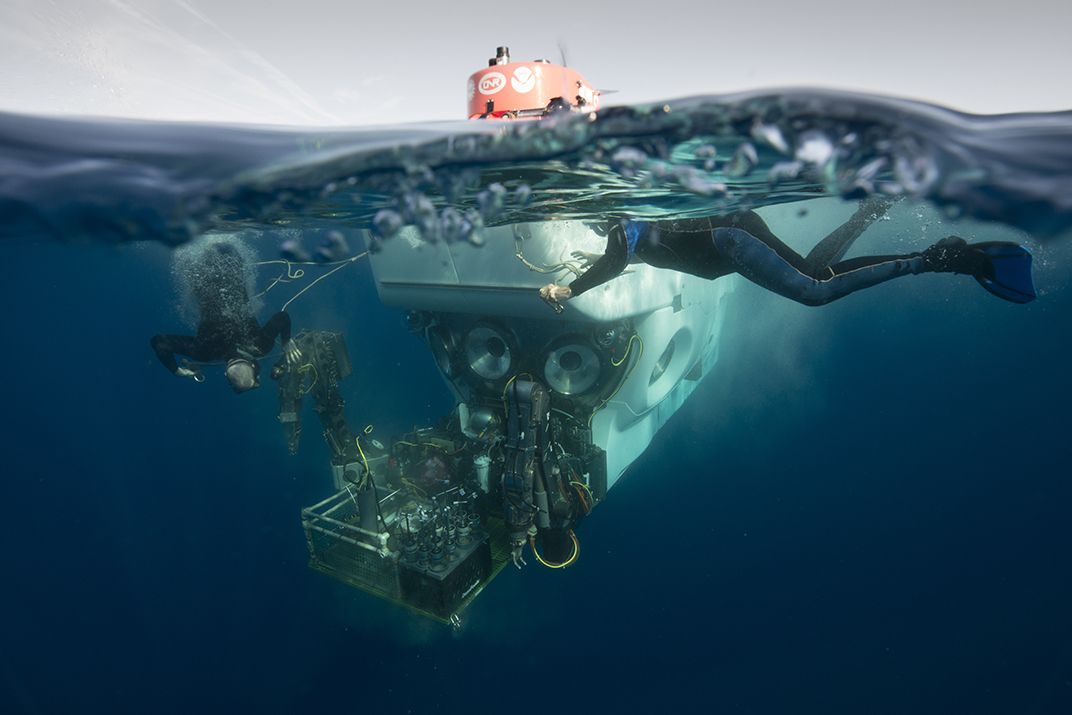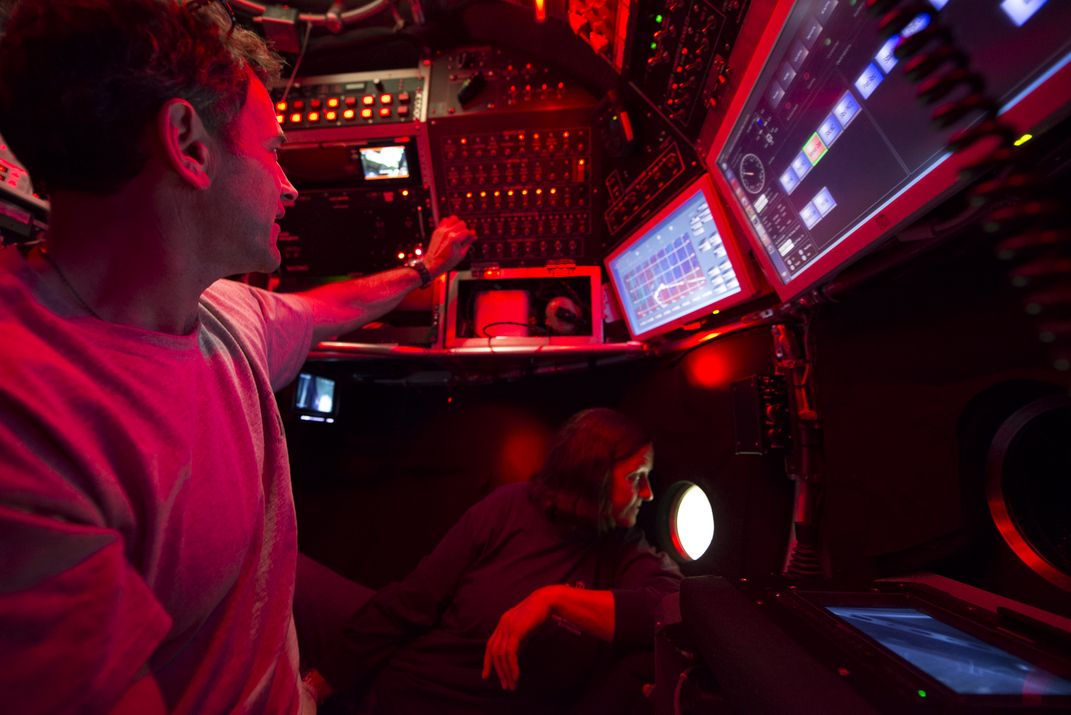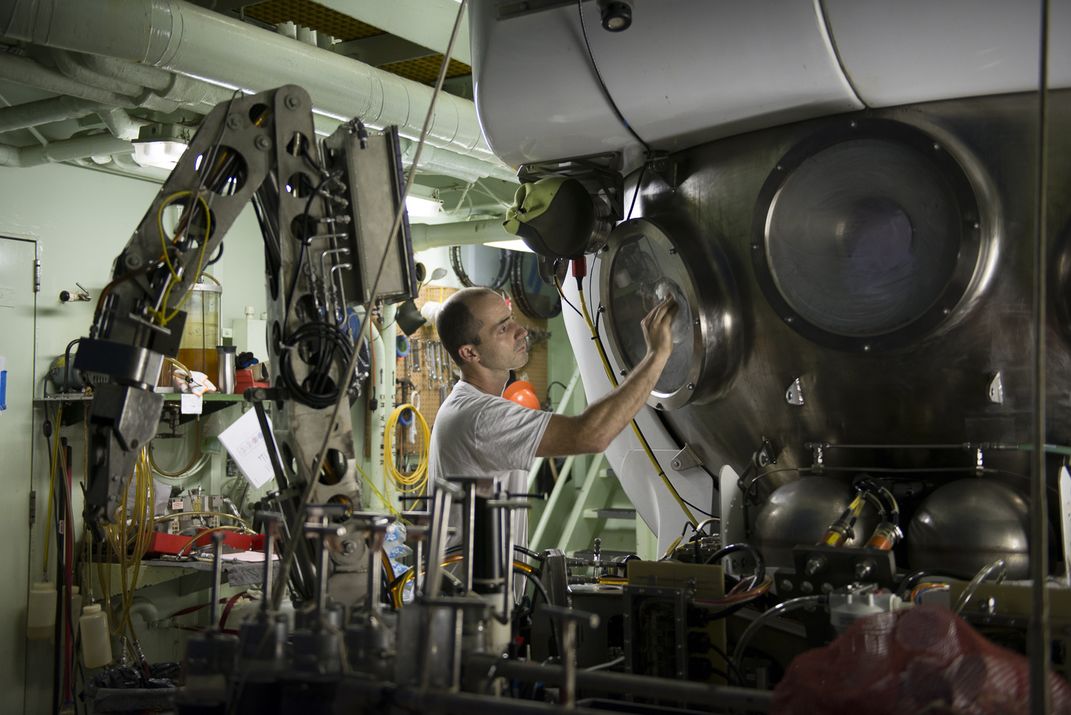Fast Forward: The Alvin Will Make The Ocean More Accessible Than Ever Before
A League of Its Own
Since it took to the water in 1964, the Alvin submersible has completed more than 4,600 dives, many historic, including surveying the Titanic wreckage and discovering new wildlife communities.
Now, a two-year, $42 million makeover of America’s oldest and most famous manned deep-sea research vehicle, operated by the Woods Hole Oceanographic Institution, is putting even more of the ocean within reach. New command-and-control features allow Alvin’s pilots to spend less time driving and more time engaged in research, and lateral thrusters enable it to move sideways “like a crab,” said Susan Humphris, senior scientist at Woods Hole, who oversaw the Alvin upgrade. Improvements to the sub’s manipulator arm joints broadened its reach from 7.5 to nearly 10 feet over an extended range of 140 degrees. The titanium personnel sphere was expanded by 18 percent, making the quarters for researchers a little less cramped, and five portholes dot the vehicle’s facade instead of three. The new viewports, said Humphris, “not only provide greater observational capabilities but enhance the scientists’ ability to direct the pilot to collect specific samples.”
While many features can withstand deeper waters, the sub as a whole, conducting research in the Gulf of Mexico through June, is still limited to its former depth of nearly 12,500 feet. It’s expected to safely reach 15,000 feet by year’s end, and in time, new batteries will propel the vehicle as deep as 21,000 feet—enough to reach 98 percent of the world’s ocean floor.
/https://tf-cmsv2-smithsonianmag-media.s3.amazonaws.com/accounts/headshot/erica-hendry-240.jpg)








/https://tf-cmsv2-smithsonianmag-media.s3.amazonaws.com/accounts/headshot/erica-hendry-240.jpg)